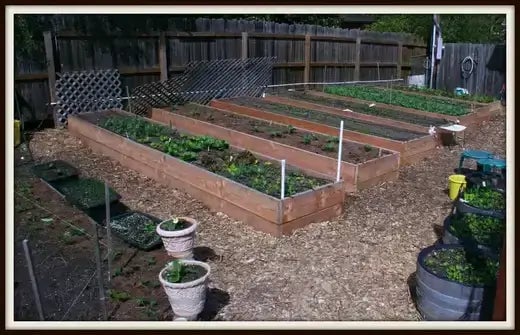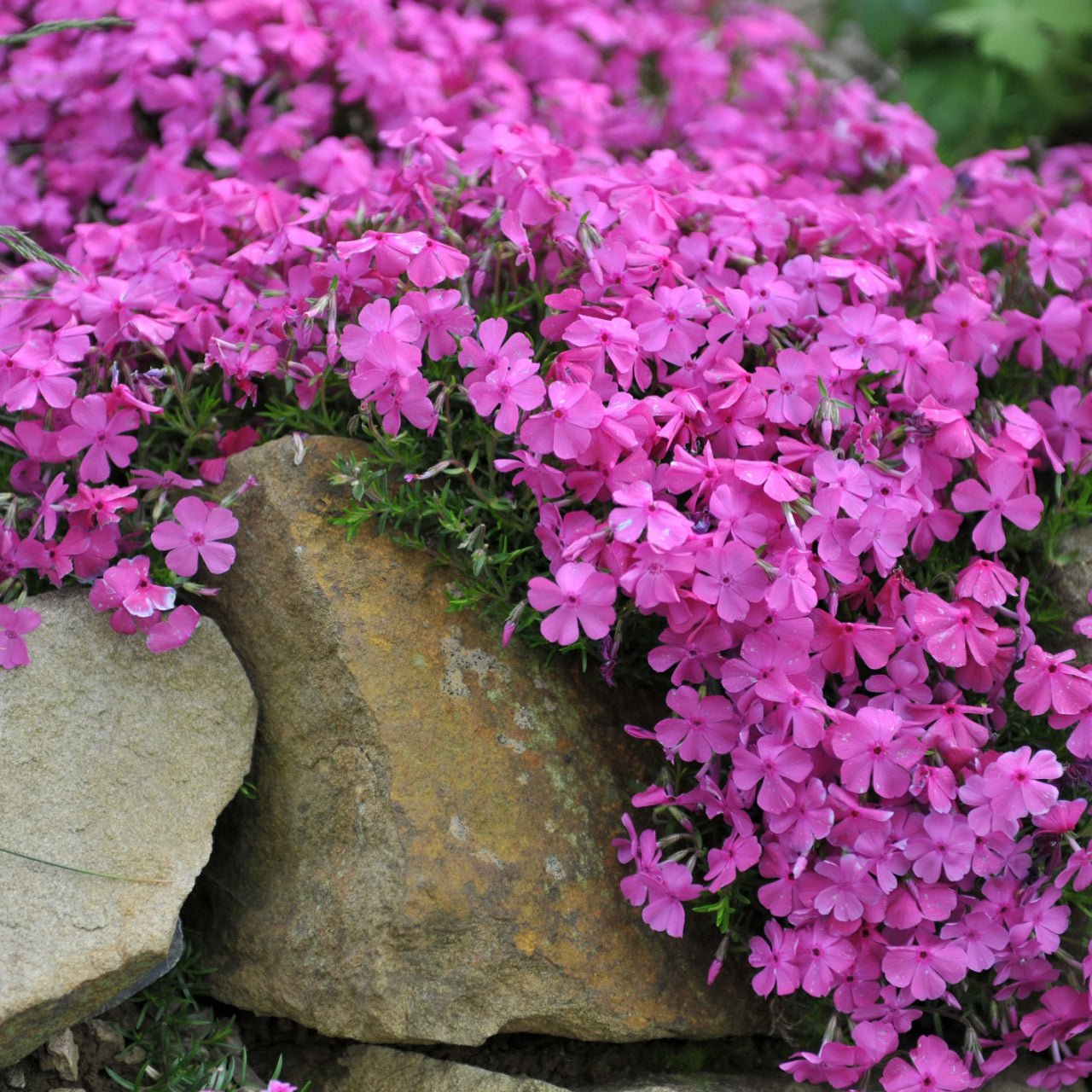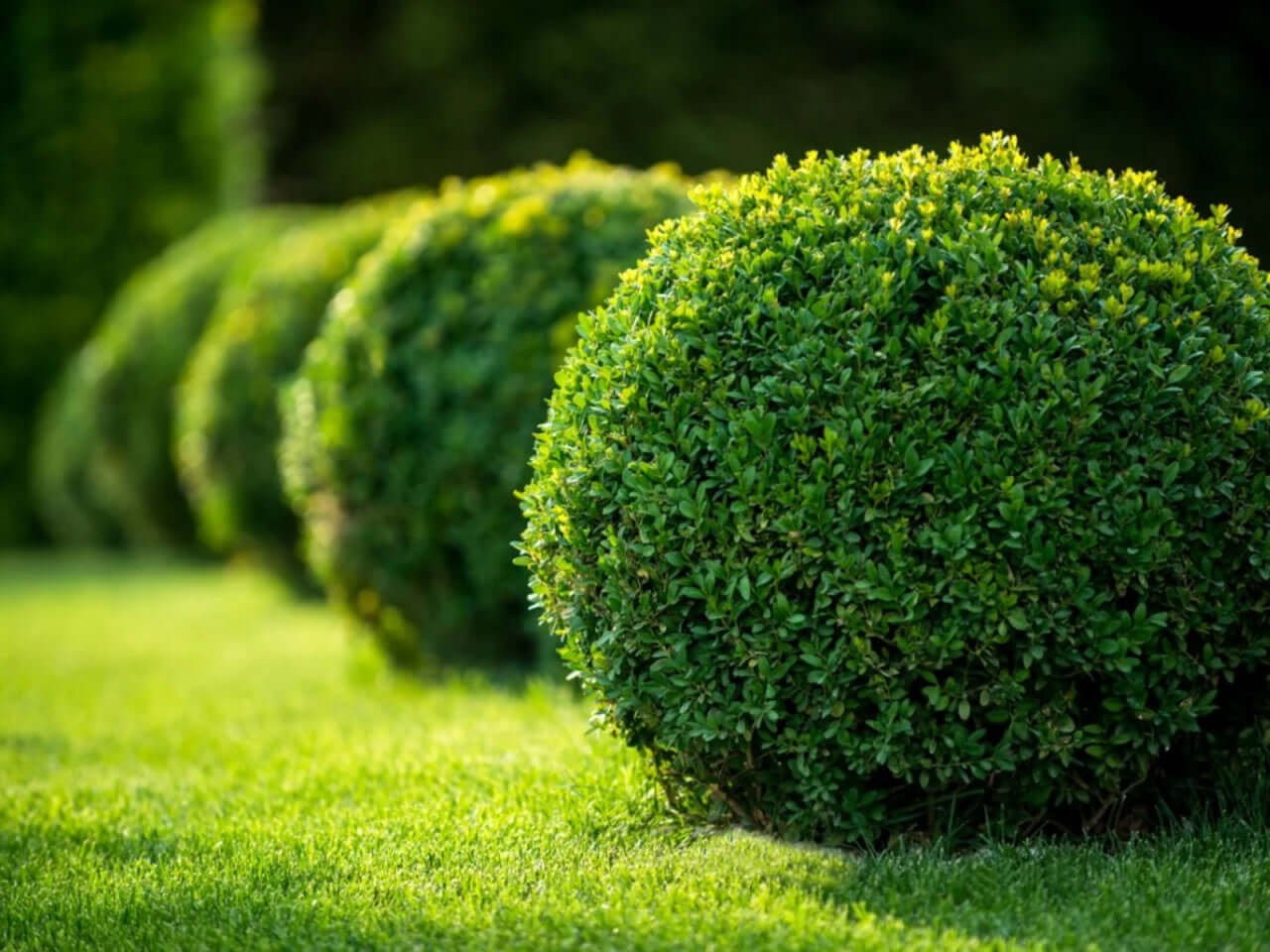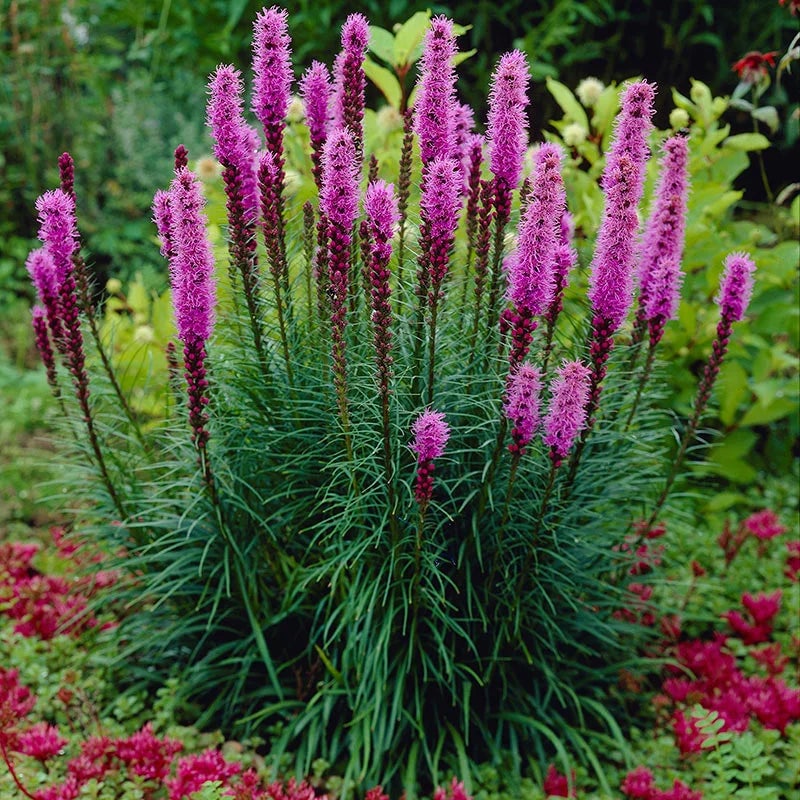Every person who owns a garden wants it to be a place where one can grow plants, vegetables, fruits & flowers of their choice.
Each garden has its charm because it has been designed and arranged by an individual and the design reflects individuality. The creative ideas and their implementation make the garden unique and charming.

Different ways to design and landscape a garden depends on what you want your garden to look like. You can use many accessories and decorative sculptures to enhance the landscape.
First of all, we need to understand the budget, location, and size of the garden. Suppose the budget does not allow the entire makeover.
Depending on the color and contrast, you also have options for a few modifications like redesigning the pathway by adding bricks, marbles, rocks, or even wooden chips.
You can grow plants that can add color to your garden. You can plant small plants and herbs in containers made up of bamboo or wood. Stainless steel pots, glass accessories, and hanging baskets can also add to the beauty of the entire design.
If you do not mind spending a little extra, then elaborate water features, stone sculptures, antique pots, and even birdhouses can be put up in the garden.
It entirely depends on where and how you would like to place these accessories. Proper lighting is essential for the plants as well as the décor.

Dull and shady patches can be tedious, so you can try planting groundcovers, vines, and hedges that can brighten up even the shady spots.
You can construct a gazebo in the garden to sit and relax in the evenings; You can adorn the gazebo and patio with colorful hanging baskets and vines.
You can place wicker or wooden furniture in the garden to give it a traditional touch.
There is a wide range of plants, hedges, and perennials that you can buy to get a perfect makeover. TN Nursery carries them.
A well-done home garden will undoubtedly attract a lot of attention from all the visitors and guests.
Maximizing Space and Functionality In Your Garden
To create a visually stunning and practical garden, you need to employ thoughtful redesign strategies. To begin with, you should maximize the available space by using it to its fullest potential.
One of the best ways to achieve this is by incorporating vertical gardening elements, such as trellises or hanging baskets, into your design. These elements help you utilize the vertical space efficiently while providing an eye-catching visual element to your garden. Furthermore, vertical gardens make it possible to cultivate plants in areas where ground space might be limited, which is a great way to make the most of even the smallest of garden spaces.
If you want to make the most of your garden, consider dividing it into different zones that cater to specific purposes. For example, you could designate a cozy corner for relaxation and entertainment, complete with plush cushions, a fire pit or outdoor kitchen, and ambient lighting to create the perfect atmosphere for spending time with friends and family. Another section of the garden could be dedicated to growing fresh herbs and vegetables, with raised beds or container gardening that allows you to maximize space while keeping the plants within easy reach for watering, pruning, and harvesting. Creating these designated zones will transform your garden into a multi-functional space that meets all your needs and enhances outdoor enjoyment.
When planning your garden design, it is essential to consider incorporating multi-functional elements that can serve multiple purposes. One innovative and practical way to achieve this is by adding built-in benches with hidden compartments. This design is a comfortable seating area and provides extra storage space for garden tools or other items.
You can use stone, wood, or concrete materials to create an elegant and sophisticated seating area that blends seamlessly into your garden's design. These materials provide a natural and elegant look that fits well with any garden design.
By incorporating multi-functional elements into your garden, you can form an area that is aesthetically engaging but also practical and functional. You can make a stunning and practical garden with some creativity.
A garden pathway is more than just a functional walkway; it can be a delightful feature that adds visual interest to your garden. The design and materials you choose for your pathway can make it a decorative element, seamlessly blending with the surrounding flora and fauna. Whether you opt for gravel, stepping stones, or patterned pavers, each option can be customized to create a pathway that enhances the beauty of your garden.

A well-designed path can guide visitors through your garden, allowing them to experience the beauty of the space. With each step, they can savor the fragrances of the flowers, feel the coolness of the shade, or admire the colors of the leaves, depending on the season. When you combine both form and function in your garden technique, you can form a space that is not only practical but also visually appealing.
So, whether you're looking to create a welcoming entrance to your garden or a route to your favorite nook, a garden pathway can be an enchanting addition that makes your outdoor space even more inviting.
Embracing Biodiversity In Your Garden
Redesigning your garden provides an excellent opportunity to embrace biodiversity and promote sustainability. One way to achieve this is by incorporating native plants into your landscape. "Native plants are naturally adjusted to flourish in the local climate and soil conditions." of their local area." They require less water, fertilizer, and maintenance, and Native plants offer more benefits than non-native species. They supply important habitats and food sources for local wildlife., contributing to a thriving ecosystem.
Another idea is to create a pollinator-friendly garden by planting blossoms that draw bees, butterflies, and other pollinating insects. Choose plants with different bloom times to provide continuous food sources throughout the growing season, and avoid using pesticides that can harm beneficial insects.
If you are looking to make your lifestyle more sustainable, there are various water-saving techniques that you can implement. One such technique is rainwater harvesting, which involves collecting and storing rainwater for later use. Installing rain barrels allows you to collect runoff from your rooftop and keep it for last use in watering your garden or lawn. This helps to reduce your reliance on the municipal water reserve, which can be expensive and environmentally damaging.
Another water-saving technique that you can consider is drip irrigation. Unlike traditional watering methods, which can result in a lot of wasted water due to evaporation and runoff, drip irrigation provides water straight to the roots of your plants. Doing so minimizes the risk of water waste and helps ensure that your plants get the water they need to thrive. This technique is beneficial in areas where water resources are scarce or in drought-prone regions.
Incorporating Artistic Elements In Your Garden
Infuse your garden with personality and charm by incorporating artistic elements and personal touches into the design. Start by adding focal points such as sculptures, birdbaths, or unique planters to create visual interest and draw the eye into different garden areas. These creative components can serve as discussion starters and reflect your style and interests.

Another idea is incorporating color and texture through plant combinations and garden accessories. Experiment with contrasting foliage colors, bloom shapes, and textures to create dynamic visual displays throughout the garden. Incorporate colorful accents such as decorative tiles, painted furniture, or outdoor artwork to add personality and whimsy to outdoor spaces.
Remember to include spaces for relaxation and contemplation within your garden design. Create cozy seating areas tucked away in quiet corners or shaded nooks where you can unwind and enjoy the beauty of your surroundings. Consider adding elements like hammocks, swinging benches, or outdoor rugs to enhance comfort and encourage leisurely enjoyment of the garden.
By implementing these ideas to redesign your garden, you can make a lovely, usable outdoor space that reflects your style while promoting biodiversity and sustainability. Whether you have a small urban garden or a sprawling rural landscape, you can change your outdoor area into a haven of beauty and tranquility.
Read more
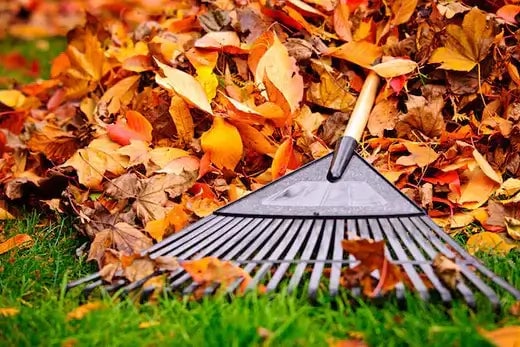
Autumn is when you need to take care of the lawn and prepare it for the coming season. It is crucial to plan and prepare your lawn for the winter season. If you take the necessary steps during this...
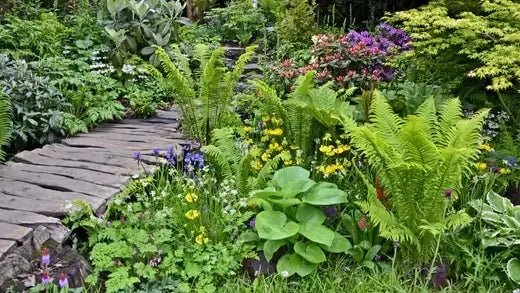
There are a variety of plants that you can grow in your bog garden to make it look natural. You can plant ferns, grasses, sedges, plants, and almost any kind of plant that loves moisture. You can p...


